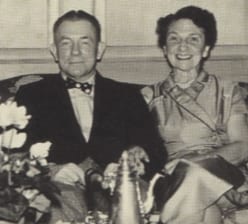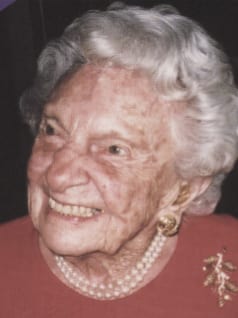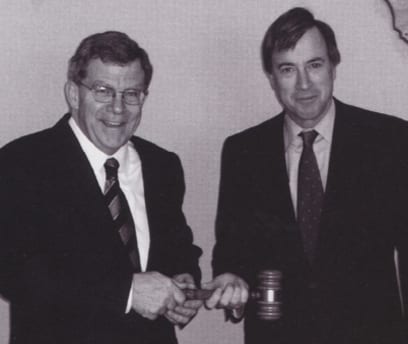A New Millennium Begins
On January 1, 2000, the world celebrated the start of the new millennium – though some would say the party came a year too early. But early or not, the 21st century was upon us.
Fireworks lit up the sky, as the world held its breath to see if computers would crash as the date turned from 1999 to the year 2000. Fortunately, the Y2K bug didn’t bite, and all was well … with our computers, that is.
All was not well with the U.S. presidential election. The outcome was embroiled in controversy and it took a Supreme Court decision to determine that George W. Bush would become the 43rd president in January, 2001. Later that year, the world would mourn as nearly 3,000 people lost their lives in terrorist attacks in the U.S. on September 11th. Still later in the decade, Barack Obama would become the first African American U.S. president in 2009.
Globally, China and India were experiencing rapid economic growth in the 2000s. But Asia also faced devastation after a massive 2004 earthquake and tsunami in the Indian Ocean, which impacted several countries where Wilbur-Ellis does business (see sidebar). Wars erupted in Iraq and Afghanistan during the decade, and the Great Recession began, battering economies worldwide.
On a happier note, there was new hope for curing disease, as human DNA was mapped in the largest international scientific project ever. The Apple iPhone came on the scene, launching a mobile revolution, and social media evolved from a novelty to part of everyday life.
At Wilbur-Ellis, the 2000s was a decade when the company celebrated a momentous birthday, transitioned its top leadership twice, doubled revenues, and intensified its focus on technology and strategy.






